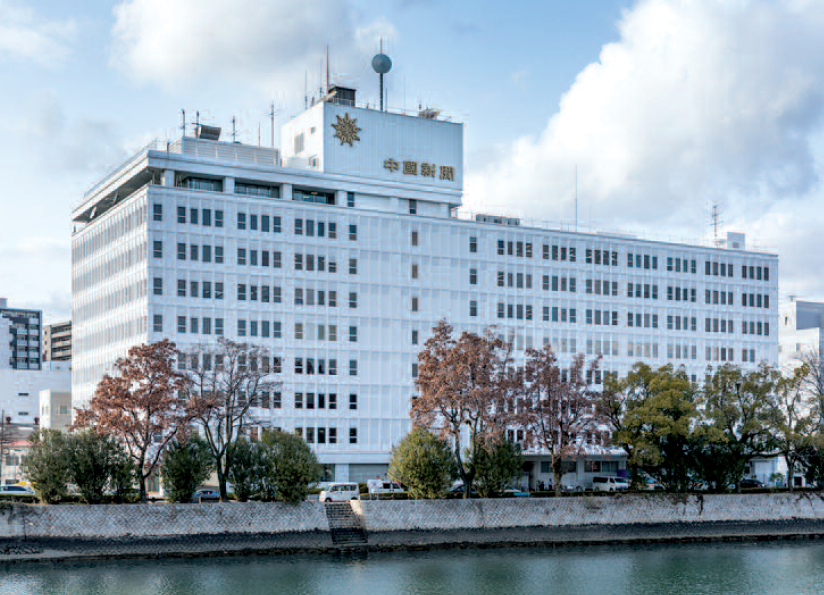
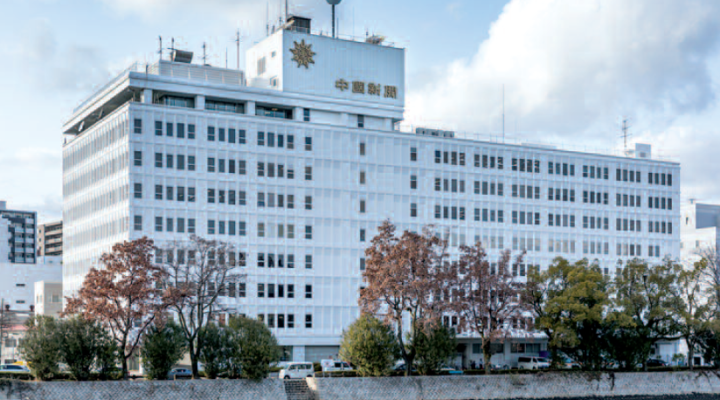
For 125 years the Chugoku Shimbun has served the population, with whom they’ve shared both the good times and the bad.
If there’s one word to describe Hiroshima, “courage” would undoubtedly be the most appropriate, after everything the city and the prefecture that bears its name have lived through over the last century. The Chugoku Shimbun is a perfect symbol of this courage. Founded in 1892, this daily newspaper has lived by the creed of standing shoulder to shoulder with its readers since the very first issue, whatever the circumstances. This dedication was obvious from the beginning, even though there was already another influential newspaper in the town, the Geibi Nichinichi Shimbun, which once prided itself on being the fifth most read newspaper in the country, with a circulation of 56,000. However, far from working on behalf of its readers, the Geibi was little more than the mouth-piece for Okuma Shigenobu’s Constitutional Reform Party (Rikken kaishinto). That’s why the Chugoku Shimbun thought it necessary to move away from politics and to concentrate on providing useful information for its readers. With this commitment in mind, it was first printed on the 5th of May 1892. Even its name demonstrated its independence and who it wished to serve, with that focus made obvious by the two kanji which make up its name, Chugoku (Lit: “middle country”, the geographical region of west Japan between Kansai and Kyushu). However, even at this key moment in Japan’s history, with the tentative rise of democracy, the Chugoku could not completely cut itself off from politics. To distinguish itself from its competitor, it started to endorse the Association of Friends of Constitutional Government (Rikken Seiyukai). This rivalry lasted until the early 1920s when, in contrast to the Geibi Nichinichi Shimbun, the Chukogu Shimbun decided to break away from politics to dedicate itself to its primary mission: the dissemination of information. This choice was rewarded with a rapidly increasing readership that left its old rival trailing. In 1927, with a circulation of 50,000, it was well ahead of Geibi Nichinchi, which only had a circulation of 20,000 copies by then, and eight years later, the Chugoku finally took over control of its rival.
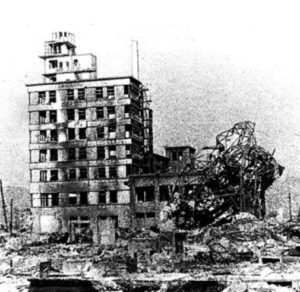
Although the choice to turn its back on politics might not have been considered a form of “courage” by some, but rather a commercial ploy, nonetheless, the Chugoku Shimbun has never failed in its prime objective; to stand by its readers during both the best and the worst of times. The events that unfolded on the 6th of August 1945 stamped a seal on this commitment, as the newspaper, like the majority of people in Hiroshima, experienced the horror of the first atomic bombing in the history of mankind. The headquarters of Chugoku Shimbun was located 900 metres away from the epicentre of the nuclear blast, which killed 140,000 and completely razed the city within a radius of three kilometres. That morning, 114 employees of the newspaper, about a third of its staff, were already on site when the fatal flash destroyed everything. Looking at the photographs taken in the days following the bombing, one can make out a few buildings still standing in the midst of a landscape of scorched earth. The most emblematic of them all, the Atomic Bomb Dome, listed in 1996 as a UNESCO World Heritage site, can still be seen standing after the blast despite its proximity to the centre of the destruction, and so can the remains of the Chugoku Shimbun buildings. It was a heavy blow for the newspaper, with the brutal disappearance of more than a hundred of its workers, the destruction of its means of communication and it’s printing equipment. The newspaper was considered to be out of action for good, just like the city. “Hiroshima, contaminated by radioactivity, will become a barren land on which nothing will grow for 75 years,” the Washington post wrote on 8th of August 1945.
Despite the trauma and the visions of horror that they had to endure, those who survived, especially the staff of Chugoku Shimbun, were gripped by an overwhelming desire to rise above the catastrophe. While grieving for their friends and family, those who escaped the bomb’s devastating affects saw a sign of hope in the survival of their building or, at the very least, a sign that they should fight to rebuild their city. Since that day, the newspaper’s mission has been to support the refurbishment of the port city, and to speak out against nuclear weapons worldwide. It took a great deal of courage, and it’s no coincidence that the new headquarters of the newspaper, opened in 1969, faces the Peace Memorial Park, as if to demonstrate their commitment to continue to preserve the memory of that tragic day on 6th August 1945. In fact, on the next day, the 7th of August, reporters who had survived went back to work, and on the 9th, three days after having lost nearly everything, the Chugoku Shimbun itself reappeared, thanks to their colleagues in Kyushu and Osaka. This strong spirit in the face of adversity is shared by the Ishimnomaki Hibi Shimbun’s staff (See Zoom Japan no.18, March 2012), who, following the equally tragic, although very different circumstances of the 11th of March 2012, also decided not to give up, but to carry on working to disseminate information with what little they had left, even if that was only paper and marker pens. Almost 78 years after the atomic bomb, the example of these men and woman is at the heart of the newspaper’s commitment to daily life in the Hiroshima region.
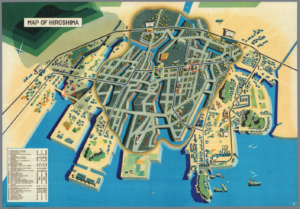
Egusa Noritaka, the current editor-in-chief of Chugoku Shimbun, illustrates this perfectly. Like all the other employees of the daily newspaper, he fully understands the responsibility that is incumbent upon him. “One of the most important things the newspaper had to do after the events of August the 6th, was to inform people about the daily state of affairs,” he says, “aiming to help people gradually return to as normal a way of life as possible”. This principal remains fundamental to the way news is reported by the paper, and is undoubtedly why it is still able to claim a daily distribution of 613,000 copies, a figure that would spark envy in many newspaper owners in Europe where even the biggest national newspapers find it hard to reach even half that number. “We are a small provincial newspaper,” Egusa explains earnestly, even though he’s the head of an editorial team of 200 people. Despite the Chugoku Shimbun not having the means to maintain correspondents abroad, it regularly sends reporters to cover important nuclear conferences – one of its main focuses – or to monitor the activities of Japanese companies in other countries, such as Mazda in Mexico. “We’re planning to create a rotating post for a correspondent in Asia,” says the editor. “Many local SMEs are interested in the Asian market and say they want to be better informed about what is happening in this part of the world. We want to meet this need, especially as news in Asia can’t fail to have an impact on our economy,” he adds.
The newspaper recruits new reporters every year – in 2016, ten joined their team, and anyone can become one. “Unlike the big national newspapers, who look for specialists, we focus on the personality of candidates to find those who are able to share our work ethics,” says Egusa. This is not easy, as the numbers of candidates have been in sharp decline for several years, and because there’s fierce competition between newspapers to hire the best. “Then, their career on the newspaper will depend on both their personality and adaptability. We usually encourage journalists to have a range of experiences. To begin with they might start with local news, on assignment to the police, and then move on to general affairs or to the economic section. It’s their skill in adapting to these different situations that allows them to progress up the ladder. So during interviews, we ask the candidate what they would like to cover. Quite often we’re told they would like to follow the baseball team, but we make a point of not responding to this wish, because it would be a little too easy. Our efforts are focused on encouraging a candidate to give his all to achieve his goal,”says the editor – clearly another way of nurturing “courage” among the staff.
Today, the need for courage is all the more pressing, as the news industry is facing many challenges. For several years, circulation has been in decline, and advertising revenues have followed the same trend. The Chugoku Shimbun has not escaped this phenomenon, even though its distribution extends beyond the limits of Hiroshima Prefecture (It is also distributed in neighbouring prefectures of Yamaguchi, Shimane, Okayama and even Tottori). “Compared to other regional daily newspapers, this has allowed us to limit our losses. The decline in our circulation is real, but it’s much slower,” acknowledges Egusa. “We owe this chiefly to the notoriety of the Hiroshima Carp, the local baseball team,” he adds with a burst of laughter. Though it might be suggested that the newspaper benefits indirectly from the excitement following the title the club won last year, the managers of the Chugoku Shimbun are aware of the need to look for solutions to try to stop the newspaper’s sales from dipping. Once again, it was necessary to demonstrate a certain “courage” on the 30th of April 2015, when the newspaper took the decision to stop printing its evening edition after 91 years, due to circulation having dropped to only 30,000 copies. In Japan, most daily newspapers have two different editions, the more important morning edition and the afternoon edition, the latter with fewer pages but still incurring high production costs. By cancelling their second edition, substantial savings have been achieved. A similar decision had already been made 15 years ago by the Sankei Shimbun, and in 2009 by the Minami Nippon Shimbun based in Kagoshima in Kyushu. However, for the Chugoku Shimbun it was never about taking the easy way out. After all, ending a publication is not an easy decision, but once that decision has been taken, there’s no turning back.
The editors of the newspaper also chose to create a “second” morning edition, or rather a complementary newspaper called “Select”. “Our idea was to provide readers with two kinds of content. In the daily edition you’ll find the news as we usually cover it, and in Select, longer articles more focused on analysis and reflection of current events,” explains Egusa. Launched on the 1st of May 2015, Select’s 16 pages have already gained over 25,000 readers. “There is still a long way to go to improve the numbers, but we are convinced that this initiative can help restore a taste for print media,” he adds. This declaration of love for printed news explains why Chugoku Shimbun has not invested heavily in digital technology. Although the daily newspaper has a website, it offers very limited free-access content. “I’m not convinced that a person who might be interested in reading an online article from time to time will end up buying a copy of the newspaper. I prefer to concentrate on finding content that might interest readers and get them to buy our newspaper. That’s the real issue for us,” says the editor of the Hiroshima’s premiere newspaper. “We want to develop our readership. The success of the Carp and the enthusiasm it provoked led us to enhance the sports section, because the public wanted more coverage of the team. But that doesn’t mean that’s all we’re going to do. We intend to take advantage of this interest to publish articles on other topics, which we hope will attract the attention of these sports fans and lead them to read for other reasons than just the latest news about the Carp”.
However, sport remains a strong selling point for the newspaper. In fact, the region is spoiled for choice, with several standout teams in different disciplines. In addition to baseball, the very best of football in the region is represented by Sanfrecce Hiroshima, volleyball by JT Thunders, basketball by the Dragonflies and women’s hockey by the Red Sparks. “These teams are an asset that other regions don’t have, and our newspaper reaps the benefits,” Egusa admits. However, what really distinguishes the Chugoku Shimbun from all the other daily newspapers is its involvement with issues such as peace and nuclear weapons. “This is part of our mission,” says the editor. “We are aware that some readers may get tired of this topic, especially when we decide to put it on the front page, but we think it’s essential to keep the memory alive. We continue to publish testimonies of the hibakusha (Abomb survivors) even though there are fewer and fewer of them now. We also reach out to the younger generation, so that they can share their vision about this issue and avoid, at all costs, losing the memory of what happened,” he explains. The accident at the Fukushima Daiichi plant has revived people’s interest in nuclear issues, and because of their past history and experiences, the Chugoku Shimbun has tackled the topic rigorously, while seeking to bring some clarity into the media hubbub that inevitably surrounds the subject. The related issue of radiation effects is important to the newspaper insofar as Hiroshima was the first city to fall victim to nuclear influence, both in the physical sense (the impact on the health of victims of radiation) and in the moral sense (through discrimination). The daily newspaper also explored different ways to approach these issues and provide clearer answers to its readers. “In 2016, we published a series of articles on the impacts of radiation, even at a very low level. To do so, we sent our journalists around the world to bring back testimonies from people who have been contaminated, reports on areas where nuclear tests were conducted and interviews with scientists,” says Egusa. This explains why the newspaper is very cautious, even critical, of the government’s policy of restarting nuclear power plants. Their position is shared by a majority of Japanese who are hostile to the relaunch of the nuclear programme.
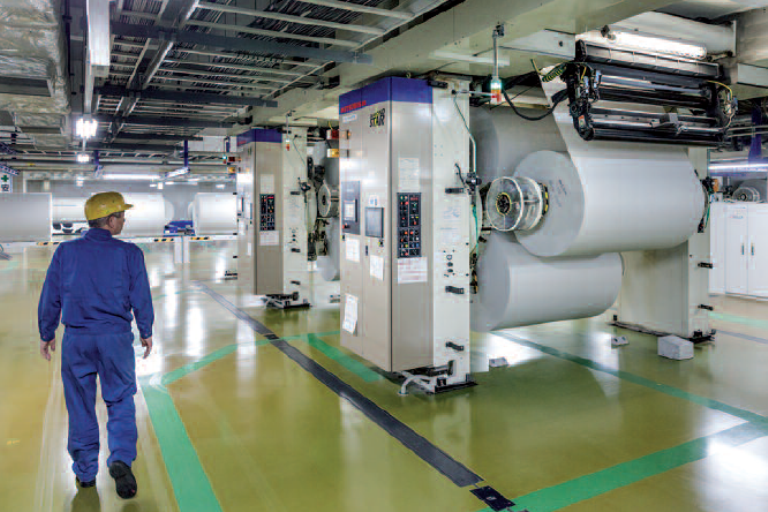
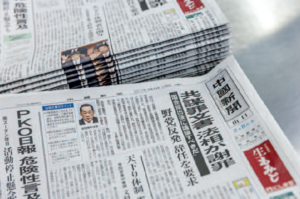
The Chugoku Shimbun is also committed to pursuing an educative approach to nuclear power and peace. This was its motive to launch the Hiroshima Peace Media Centre in 2008, which publishes articles in five different languages (Japanese, English, Chinese, French and Russian) on these themes, to make sure that the tragic events of 1945 can never happen again. “It’s a commitment we keep every day, the one we hold most dear,” the editor-in-chief tells us. When we ask about the most important event in the newspaper’s history, Egusa Noritaka answers unequivocally that it was the death of 114 employees killed on the 6th of August 1945 by the atomic bomb. We always return to this event from which the Chugoku Shimbun rose again from the ashes. Just as it’s about to celebrate its 125th birthday, the newspaper is having to prepare for another challenge, that of a declining population. The issue of regional revitalization is crucial, especially as the measures the government have announced over the years have yet to bear fruit. “Old ideas such as building new infrastructure to encourage activity don’t work anymore. It’s the same with government proposals to subsidize local councils that adopt policies inspired by larger cities. It doesn’t work here because everything’s on a smaller scale and there’s an ageing population,” explains the editor-in-chief. “At our level, it’s about prioritizing areas most susceptible to decline, by rediscovering what made them strong in the past and learning more about them. Keeping these areas in the spotlight could help draw attention to them, and maybe even encourage younger people to settle down there”. Egusa Noritaka is well aware of his newspaper limitations, but he wants it to be a useful tool for the benefit of the local population. He knows it will require lots of energy and courage to succeed, but these are two characteristics that he and his team certainly do not lack.
ODAIRA NAMIHEI

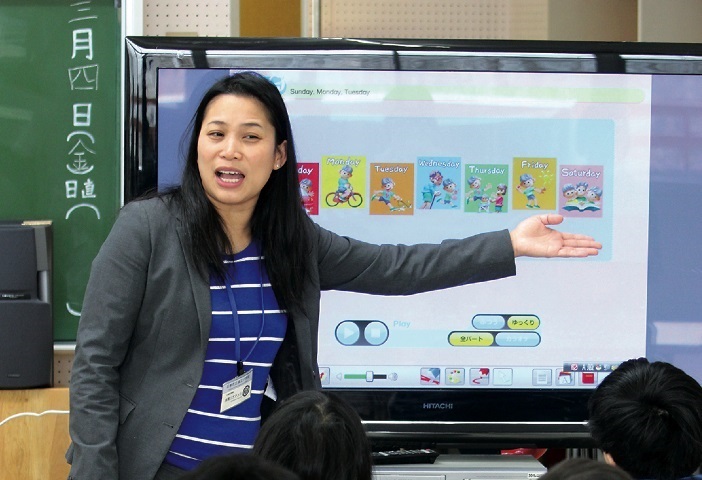


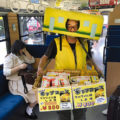
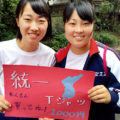

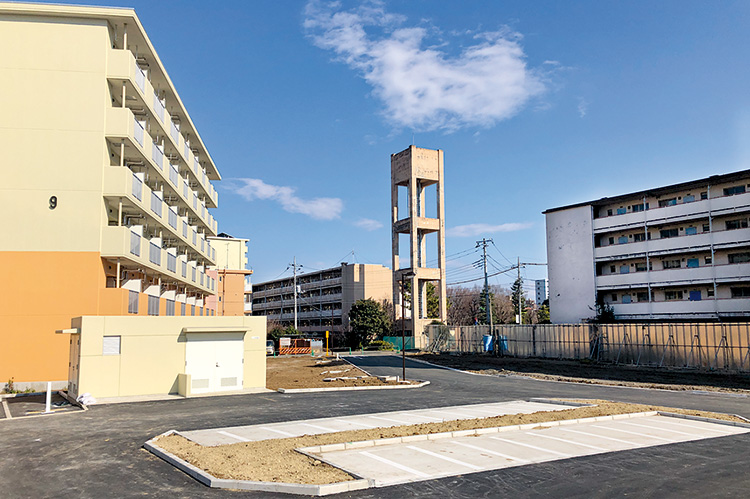
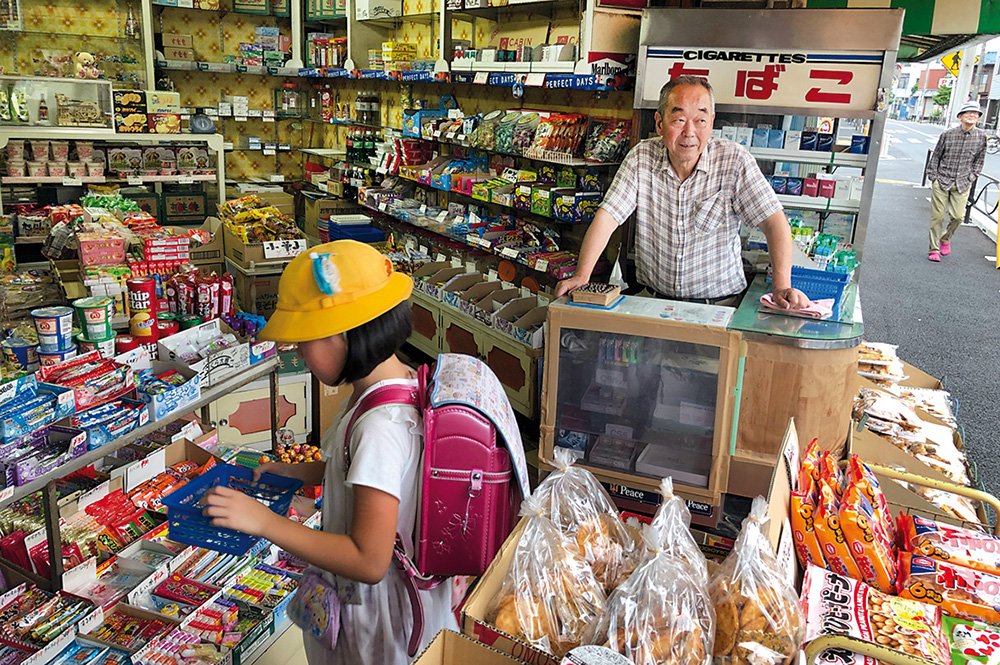
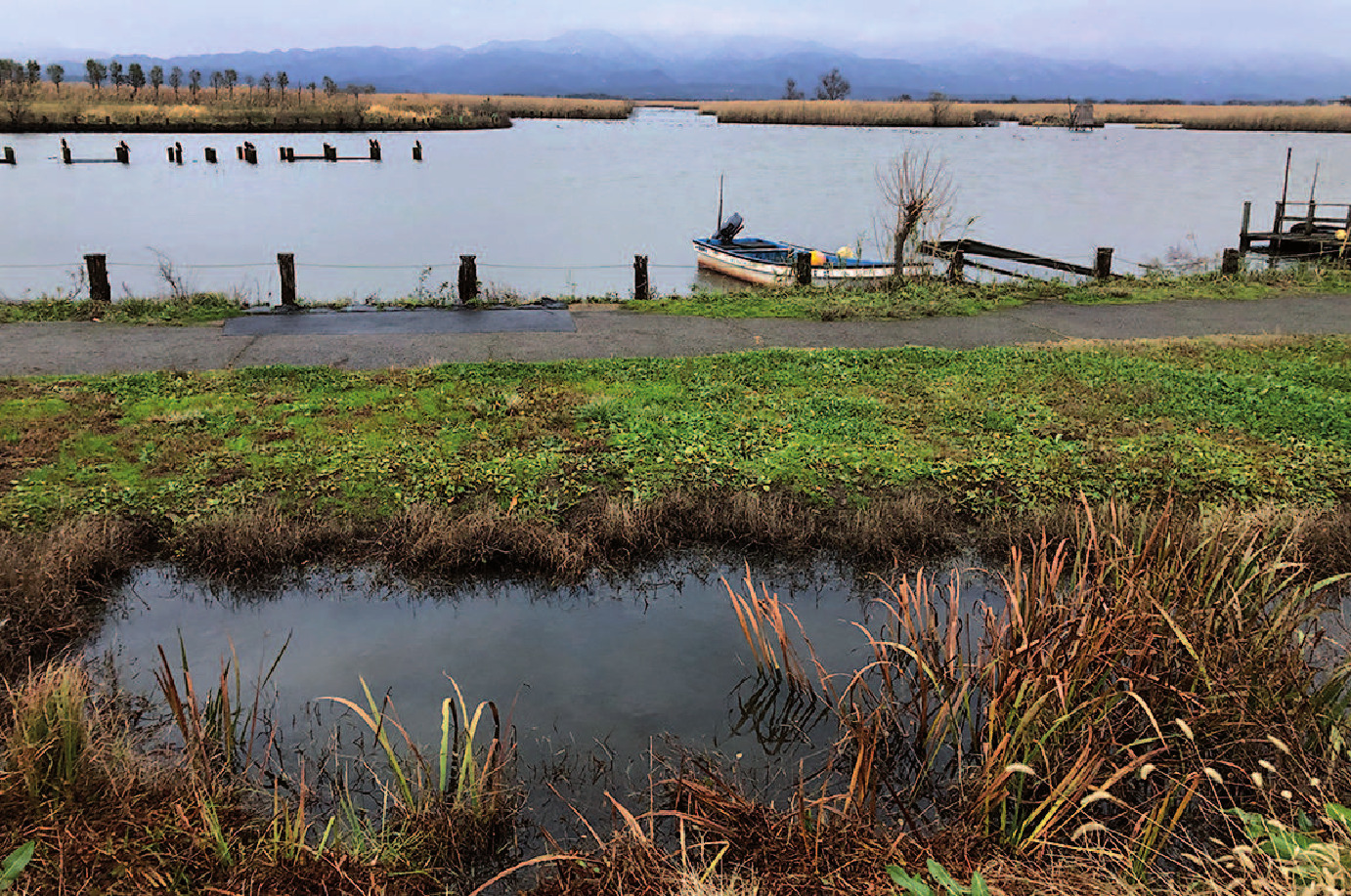
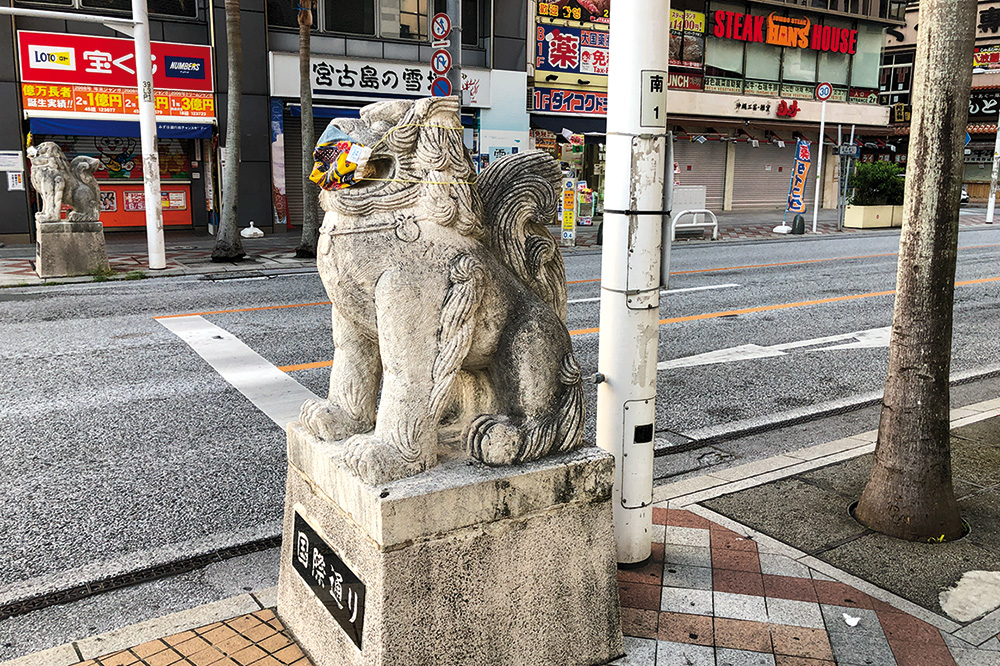
Leave a Reply